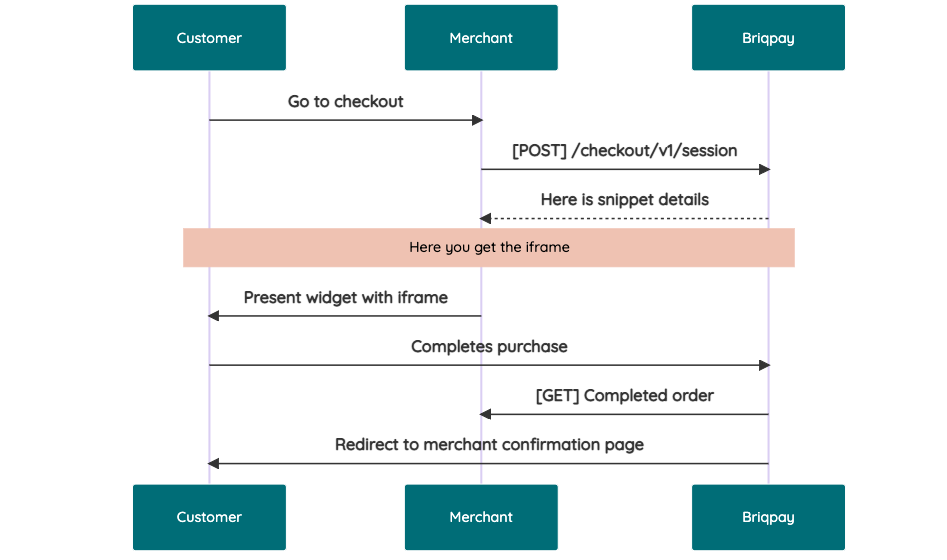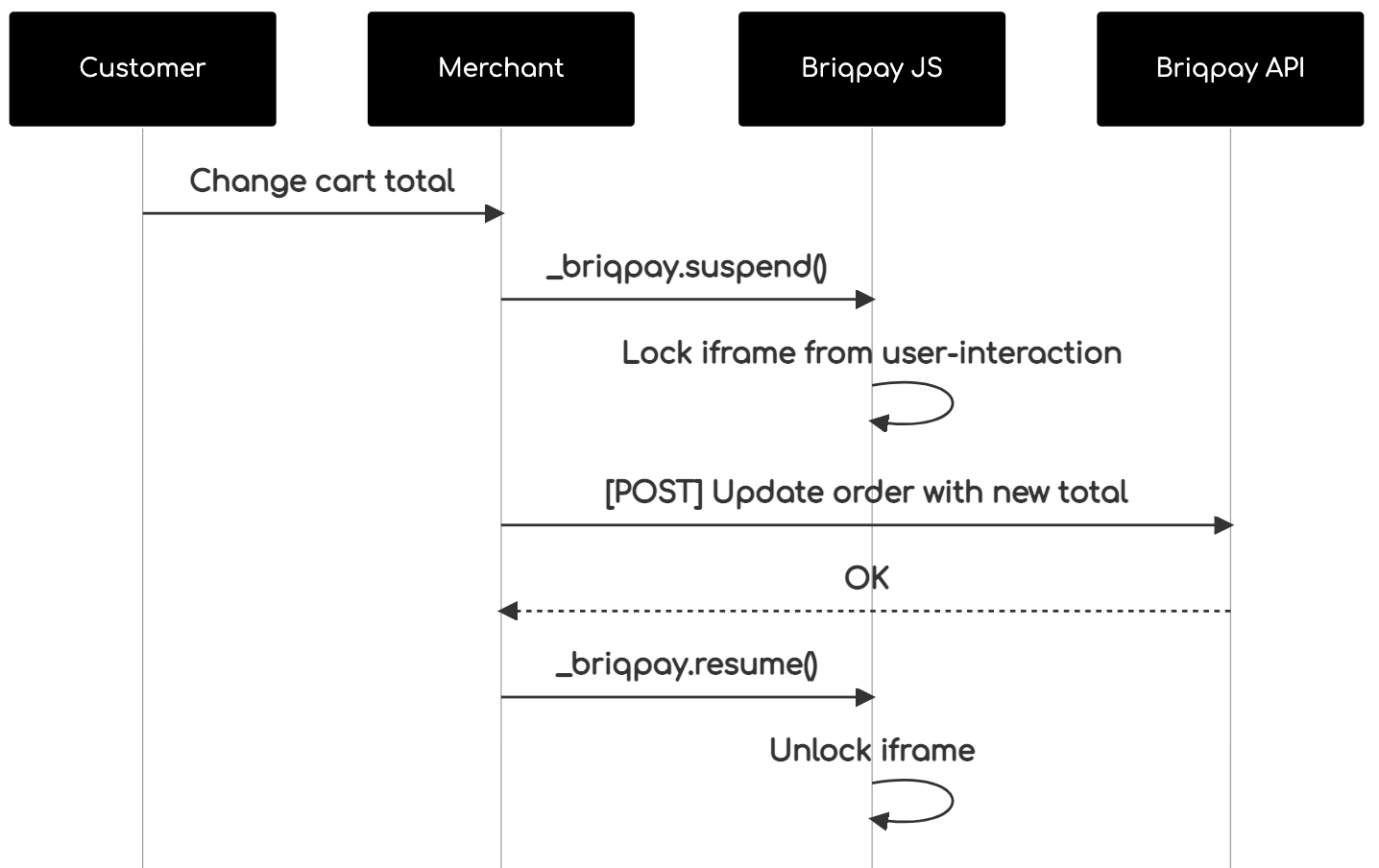Libraries tagged by SDK for utilities
apimatic/core
1527483 Downloads
Core logic and the utilities for the Apimatic's PHP SDK
happydemon/saloon-utils
391 Downloads
Utilities for building Saloon SDKs
bulkgate/utils
90974 Downloads
Generic utilities for BulkGate portal PHP SDK
gercllc/sdk
1 Downloads
PHP SDK для інтеграції з сервісами компанії GERC, яка надає комплексні рішення для управління та автоматизації комунальних послуг. Пакет дозволяє розробникам легко підключатися до API GERC і використовувати його функціонал для роботи з даними про платежі, квитанції та інші послуги.
purple-dbu/vcloud-sdk-helpers
64 Downloads
Utility classes for vCloud Director PHP SDK
tiagosampaio/php-utilities
18 Downloads
An utility library for ease the development.
aff/api_sdk
11 Downloads
Contains utility classes for interacting with the AFF REST API
webthatmatters/apparatus-php-sdk
3690 Downloads
Utility classes for communicating with the Apparatus API.
openbuckets/sdk-php
3 Downloads
The OpenBuckets web-based tool is a powerful utility that allows users to quickly locate open buckets in cloud storage systems through a simple query. In addition, it provides a convenient way to search for various file types across these open buckets, making it an essential tool for security professionals, researchers, and anyone interested in discovering exposed data. This Postman collection aims to showcase the capabilities of OpenBuckets by providing a set of API requests that demonstrate how to leverage its features. By following this collection, you'll learn how to utilize OpenBuckets to identify open buckets and search for specific file types within them.
zfr/zfr-aws-utils
253 Downloads
Container factories and utility classes for use with aws-php-sdk
jjuanrivvera/canvas-lms-kit-laravel
1 Downloads
Laravel integration for Canvas LMS Kit - Auto-configuration, multi-tenancy, and testing utilities
francescogabbrielli/aws-ses-wrapper
133 Downloads
An utility for wrapping Aws SesClient Api (part of AWS SDK)
briqpay/php-sdk
10981 Downloads
This is the API documentation for Briqpay. You can find out more about us and our offering at our website [https://briqpay.com](https://briqpay.com) In order to get credentials to the playgrund API Please register at [https://app.briqpay.com](https://app.briqpay.com) # Introduction Briqpay Checkout is an inline checkout solution for your b2b ecommerce. Briqpay Checkout gives you the flexibility of controlling your payment methods and credit rules while optimizing the UX for your customers # SDKs Briqpay offers standard SDKs to PHP and .NET based on these swagger definitions. You can download them respively or use our swagger defintitions to codegen your own versions. #### For .NET `` Install-Package Briqpay `` #### For PHP `` composer require briqpay/php-sdk `` # Standard use-case As a first step of integration you will need to create a checkout session. \n\nIn this session you provide Briqpay with the basic information necessary. In the response from briqpay you will recieve a htmlsnippet that is to be inserted into your frontend. The snippet provided by briqpay will render an iframe where the user will complete the purchase. Once completed, briqpay will redirect the customer to a confirmation page that you have defined.  # JavaScript SDK The first step of integration is to add our JS to your site just before closing the ```` tag. This ensures that our JS library is avaliable to load the checkout. ```` Briqpay offers a few methods avaliable through our Javascript SDK. The library is added by our iframe and is avalable on ``window._briqpay`` If you offer the posibility to update the cart or order amonts on the checkout page, the JS library will help you. If your store charges the customer different costs and fees depening on their shipping location, you can listen to the ``addressupdate``event in order to re-calculate the total cost. ```javascript window._briqpay.subscribe('addressupdate', function (data) { console.log(data) }) ``` If your frontend needs to perform an action whe the signup has completed, listen to the ``signup_finalized`` event. ```javascript window._briqpay.subscribe('signup_finalized', function (status) { // redirect or handle status 'success' / 'failure' }) ``` If you allow customers to change the total cart value, you can utilise the JS library to suspend the iframe while you perform a backen update call towards our services. As described below:  The iframe will auto-resume after 7 seconds if you dont call ``_briqpay.resume()`` before # Test Data In order to verify your integration you will neeed to use test data towards our credit engine. ## Company identication numbers * 1111111111 - To recieve a high credit scoring company ( 100 in rating) * 2222222222 - To test the enviournment with a bad credit scoring company (10 in rating) ## Card details In our playground setup your account is by default setup with a Stripe integration. In order to test out the card form you can use the below card numbers: * 4000002500003155 - To mock 3ds authentication window * 4000000000000069 Charge is declined with an expired_card code. You can use any valid expiry and CVC code # Authentication Briqpay utilizes JWT in order to authenticate calls to our platform. Authentication tokens expire after 48 hours, and at that point you can generate a new token for the given resource using the ``/auth`` endpoint. - Basic Auth - only used on the auth endpoint in order to get the Bearer Token - JWT Bearer Token - All calls towards the API utlizes this method"
badams/symfony-mailer-amazon-sdk
7709 Downloads
Transport for Symfony Mailer that utilizes the official Amazon SDK